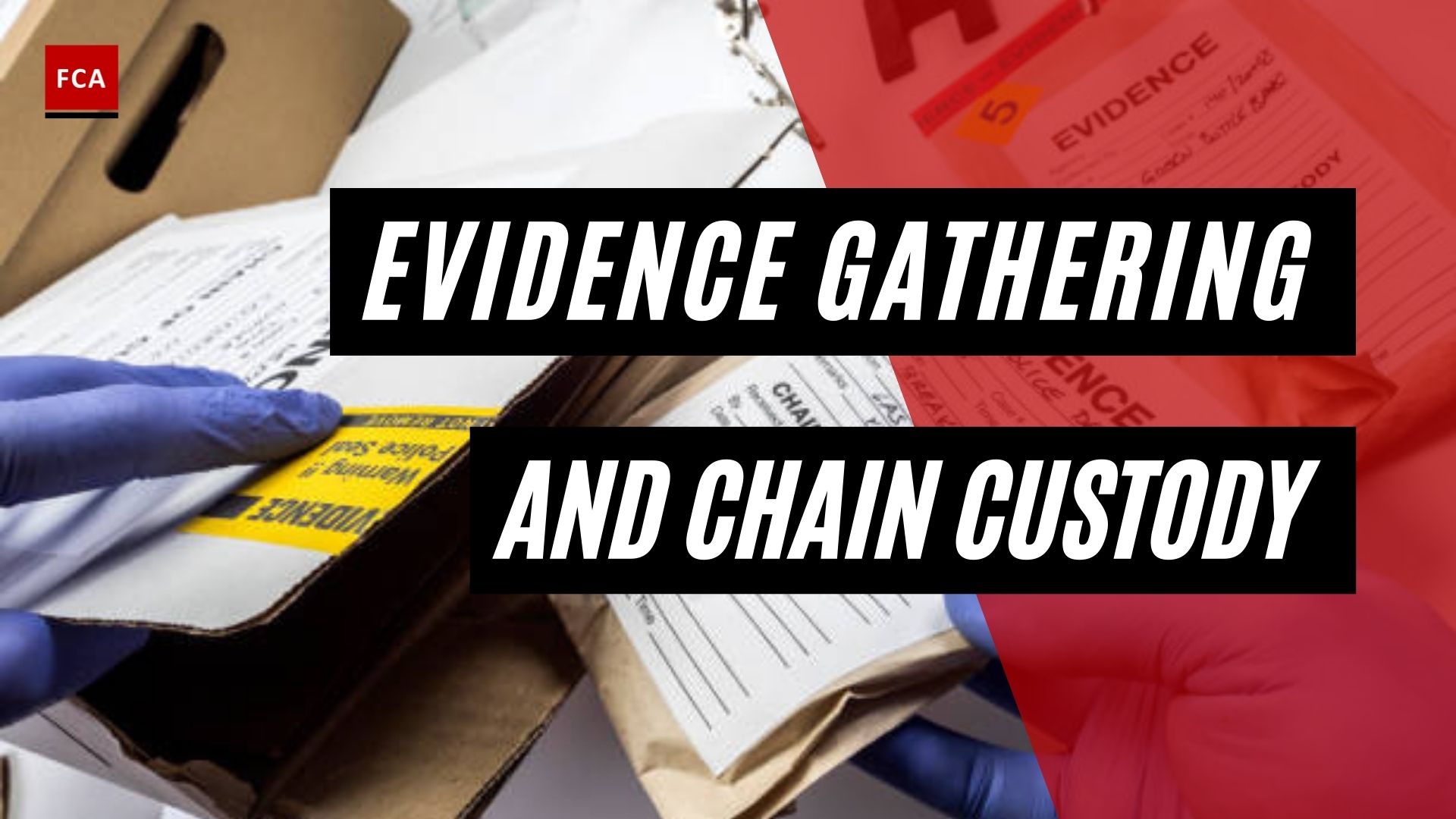Fraud indicators. Internal fraud can be committed by any employee, from the most junior to the most senior, within a company. When fraud is committed from outside the organization, it may be with the help of an employee or ‘insider.’ There are several recognized warning signs or “red flags” that may indicate that an employee is engaging in fraudulent behavior. When combined with other relevant information, these indicators can be a powerful part of risk assessment.

Fraud Indicators
There are a number of warning signs that your company may be experiencing a problem. These should not be interpreted as proof of fraud within the organization; there could be other legitimate explanations for the occurrence of these indicators. Indicators of fraud are inherently linked.
What Are Fraud Red Flags?
Fraud red flags refer to undesirable situations or conditions that consistently contribute to fraud. When an investigator reviews a company’s financial statements, certain undesirable characteristics may stand out as fraud red flags.
All organizations face fraud risks, which can either be internal or external. Internal risks come from persons within the organization who may use their position to enrich themselves by misappropriating resources and assets. On the other hand, external risks are engineered by government officers, customers, and contractors who may seek to obtain money illegally.
Red Flag Warnings Of Fraud
There are several red flags that audit and accounting professionals should look out for.
Inventory shrinkage
Excessive inventory shrinkage may be an indicator of ongoing fraud. An auditor can detect inventory shrinkage by looking at the balance sheet, the number of products in stock, and those sold and then comparing them with previous records and projections. In certain circumstances, the auditor may do unplanned stock-taking on random days to detect any unusual inventory characteristics.
Missing documents
An organization may experience frequent cases of reported missing documents that relate to critical departments. When the frequency of occurrence increases, it may be a sign of ongoing fraud within the organization. Missing documents that are fraud red flags include registration of motor vehicles, lists of sales and purchases, checkbooks, and inventory reports. When such records disappear, it may point to an undesirable situation that may lead to the loss of certain assets or money.
Multiple payments
There are cases when a company’s accounting department may erroneously process duplicate payments to a vendor or service provider. If the mistake was genuine, the officers involved ought to identify such errors and report them to take urgent action.
However, there can be cases where individual employees endorse duplicate payments to both genuine and fake companies. Some employees may even process payments to non-existent companies to defraud their employer. To prevent such errors, all payments should be monitored and verified that they are going to the intended parties.
Spikes in invoice volume
A business in its growing phase may experience huge spikes as it tries to carve a niche in the market. However, the high number of invoices creates room for fraudulent behaviors, as specific internal and external parties seek to profit from the rapid growth of the business.
Frequent complaints
Frequent complaints about certain personnel or processes may be an indicator of fraud. When an organization receives complaints about a senior executive, it should not assume that it’s ordinary. Instead, it should conduct investigations to identify the cause of the complaints, effects, and any courses of action that it should take to make sure there are no more complaints.
Also, customers may report frequent under-packing of products, where the products delivered to them are less than they ordered. The organization should investigate whether this is a deliberate action by the sales department or a problem with the packaging department.
Excessive number of adjusting entries
Some accounting offices may make excessive adjusting entries in the books of accounts to cover money misappropriated in the past.
Employee Fraud Red Flags
A large proportion of fraud affecting organizations comes from within the organization itself.
Lifestyle changes
Employees ought to live within their means by buying assets and services that are within their income. However, some employees may change their lifestyle abruptly by spending more than their paycheck allows. Any abrupt improvements in the employee’s lifestyle without any increase in their income should be investigated to see if there is a probability that the individual is involved in fraud.
History of debts
During the hiring process, an organization should conduct background checks to see if potential employees have a history of debts. When a company hires employees with debt problems, there is a likelihood that they will find opportunities to get extra income above their salary to pay debts. It may mean engaging in opportunistic fraud to obtain the money that they are not entitled to.
Excessive gambling
Some employees may continuously engage in gambling to get quick cash to meet some of their needs. Due to the addictive nature of gambling, the employee’s income may be insufficient to finance their gambling activities. They may feel forced to do anything to earn extra income. This may mean engaging in fraudulent activities such as stealing the organization’s assets, manipulating inventory, making extraordinary claims, etc.
Identifying employees involved in gambling and helping them get out of the behavior can help a company reduce incidences of fraud.
Final Thoughts
Fraud is a threat to revenue, assets, brand, reputation, and other resources, and it can result in significant penalties, political ramifications, operational and strategic constraints, and even an existential threat to the organization. If those involved in internal controls or audits do not use fraud indicators, many frauds are likely to go undetected, resulting in potentially significant costs to the organization.









